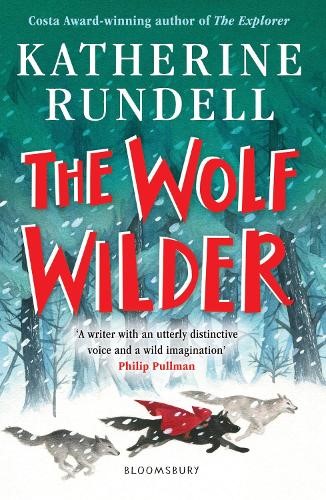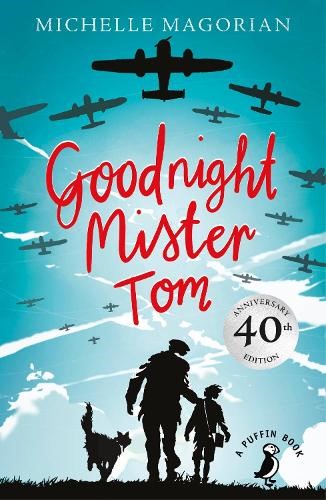| Subject |
Term 1 |
Term 2 |
Term 3 |
Term 4 |
Term 5 |
Term 6 |
| Topic/
History |
 |
 |
 |
| Geography |
Our Changing World |
Sow, Grow and Farm |
Geography revision and retrieval practice: interpreting geographical sources. |
| English |
Freedom by Catherine Johnson

|
The Wolf Wilder by Katherine Rundell

|
Goodnight Mr Tom by Michelle Magorian

|
| Spellings |
- Suffixes 1: Revise instances where the root word does not change when adding a suffix
- Suffixes 2: Revise Adding -ing, -ed, -er, -est and -y to words ending in -e with a consonant before it
- Words containing the letter-string “ough”
- Learn words from the Y5/6 word list
- Revise the suffix –“ment” -“ness”, “ful”, “less”, “ly”
- Adding suffixes beginning with vowel letters to words with more than one syllable.
- Adding suffixes beginning with vowel letters to words ending in – “fer”.
- Homophones and other words that are often confused
|
- Suffix 5: Revise Adding -ing, -ed, -er, -est and -y to words ending in -e with a consonant before it
- Learn words from the Y5/6 word list
- Revise the suffix “cious” or “tious”
- Homophones and other words that are often confused
- Endings spelt “tion,” “sion,” “ssion,” and “cian”
|
- Learn words from the Y5/6 word list
- Words with ‘silent’ letters
- words with the “i” sound spelt “ei” after c (and other ie/ei words)
- Use of the hyphen (to spell words)
- Words ending in –“able” and “ible”
|
- Common mistakes: homophones and other words that are often confused
- Revise adding “es” to nouns and verbs ending in y. (Plural nouns)
- Learn words from the Y5/6 word list
- Homophones and plural nouns 2
- Homophones and other words that are often confused
|
- · Practise and check any problematic homophones from Y5-6 Spelling Appendix·
- Revise all previously learned homophones
|
- Use dictionaries to check the spelling and meaning of words.
- Know when and when not to use an apostrophe for possession in given examples
|
| Punctuation |
- Discuss idea of ambiguity, when meaning is not clear
- Edit deliberate punctuation errors
- Revise use of possessive apostrophe for singular plural nouns
- Model and practise punctuating parenthesis, using pairs of commas, dashes or brackets;
|
- Use a colon to introduce a list
- Discuss and use commas, semi-colons and colons to separate clauses effectively
|
- · Identify and model use of hyphen
- Use a single dash
|
- Use comma for all its purposes
- Use bullet points where appropriate
|
- Revise use of apostrophe
- Make decisions about punctuation, sometimes including dash, semi-colon and colon
- Discuss, highlight and analyse range of punctuation in texts.
|
| Grammar |
- Types of nouns
- Identify synonyms and antonyms
- Expanded noun phrases
- Possessive pronoun
- Relative Clauses
- Read and enjoy poetry, comparing its use of sentence structure and punctuation with that of prose
- Write different types of poems
|
- Revise four types of sentences
- Modal verbs
|
- Determiners
- Revise preposition phrases in sentences, including prepositions of place and time
|
- Use fronted adverbial ensuring correct placement of comma
- Verb forms-Active and passive
- Subjunctive verb forms
|
- Revise word class, including pronouns, prepositions and determiners
- Strengthen and improve verbs in writing
- Write formal and informal sentences, selecting conjunctions and cohesive devices to suit level of formality
- Compare sentences in simple past with perfect past verb form
|
| Mathematics |
Number
- Place value
- Addition, subtraction, multiplication and division
- Fractions
Geometry
|
Number
- Decimals
- Percentages
- Algebra
- Ratio
Measurement
- Converting units
- Perimeter, area and volume
|
Geometry
Statistics
Consolidation and themed projects |
| Science |
The Circulatory System |
Electrical Circuits and Components |
Light Theory |
| Computing |
Coding |
Spreadsheets |
Online Safety |
Blogging |
Text Adventures |
Quizzing |
| PE |
Invasion Games
Health Related Fitness |
Sports Hall Athletics
Invasion Games
|
Gymnastics
Multi skills |
Net and wall games
Invasion games
|
Athletics
Striking and Fielding
|
| RE |
 Judaism Judaism
Passover
|
 Sikhism Sikhism
Guru Arjan Gurpurab
|
 Buddhism Buddhism
Dharma Day
|
 Islam Islam
Ramadam and Eid al-Fitr |
 Hinduism Hinduism
Holi |
 Christianity Christianity
Pentecost
|
| PSHE |
Being me in my world |
Celebrating difference |
Dreams and goals |
Healthy me |
Relationships |
Changing me |
| Art |
- Tints, Tones and Shades – Colour in Landscape
- Taotie
|
- Inuit
- Environmentalist artists
|
- Distortion and abstraction
- Bees, beetles and butterflies
|
| DT |
|
|
|
| Music |
Hey, Mr Miller
Swing music, syncopation, swing rhythm, big band instruments, scat singing, social and historical context (WWII, segregation) progression snapshot 1. |
Shadows
Artists and their influences, compare musical genres (country, electronic dance music, rock, classical, soul).
Composing for protest!
To create music inspired by Ethel Smyth and a picture of the suffragettes, composing using a non-musical stimulus, lyrics, melody, steady beat, tempo, ostinato, coda.
|
Instrumental Unit
Calypso solèy lev
Calypso clave rhythm, hand drumming, hand-to-hand sticking, tuned playing within I-IV-I-V chord structure, ensemble performance, learning to play by ear. |
You to me are everything
1970s soul music, comparing cover versions.
You to me are everything
To use Twinkle, twinkle little star as a composing tool, theme and variations form, passacaglia, improvisation. |
Year 6 production |
| French |
What’s the time?
School |
Places in towns
|
That’s a date
Then and now |
A guide for tourists |
The café song |
Food
|




 Judaism
Judaism
 Buddhism
Buddhism
 Islam
Islam
 Hinduism
Hinduism
 Christianity
Christianity



 Sikhism
Sikhism